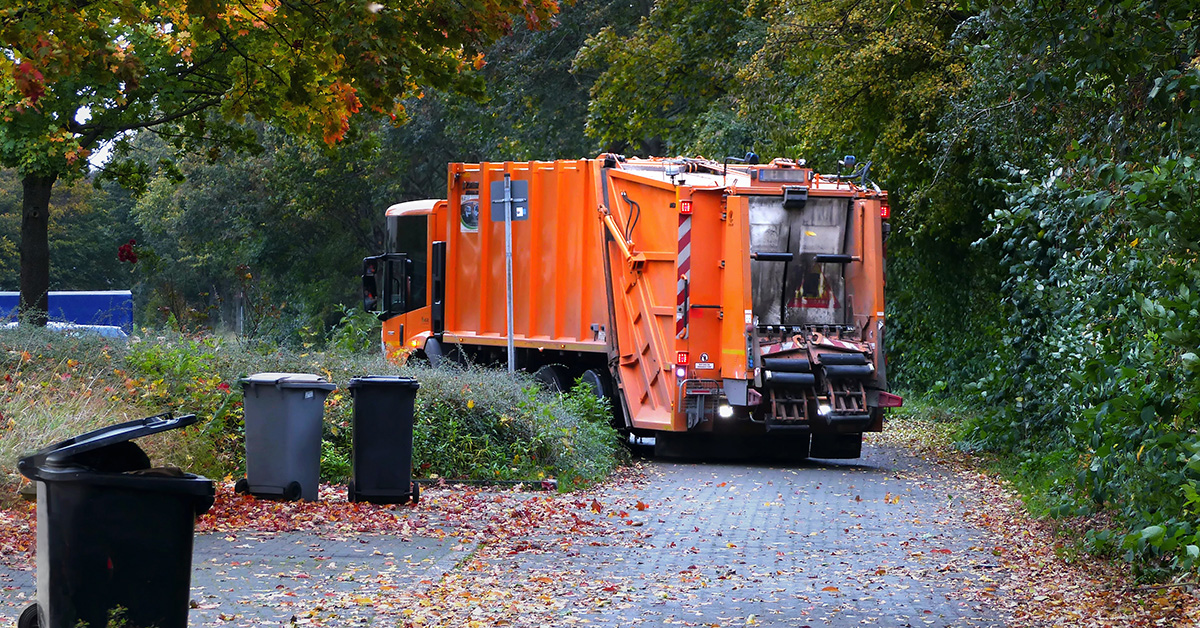Avoid Downtime with Your Industrial Compactor
Every industry needs proper commercial waste disposal systems. One vital piece of equipment for proper waste management is an industrial trash compactor. These marvelous machines compress waste into smaller, easy-to-manage trash compactor bags. To keep your industrial trash compactor running at tip-top shape, routine maintenance is necessary.
Proper trash compactor maintenance is a win-win situation for any facility/warehouse/manufacturing center—where time, money, and safety are at a premium. KenBay produces one of the best commercial trash compactors on the market, and an adequately maintained trash compactor maintenance program will keep the compactor running like new for years.
If a facility is hoping to avoid extended downtime periods due to replacement part procurement or for repair time, a weekly or monthly maintenance program is beneficial. Periodic maintenance is also essential in extending the lifetime of any waste compactor. When facilities perform planned maintenance during non-production hours, the benefits are apparent.
KenBay’s 2000 Hour Maintenance Schedule
 Several components need addressing every 2000 hours regarding a commercial waste compactor, such as the KenBay RotoPac. To assess any concerns about the day-to-day operations, the facility workers charged with RotoPac operations should check for issues and immediately address any problems they find.
Several components need addressing every 2000 hours regarding a commercial waste compactor, such as the KenBay RotoPac. To assess any concerns about the day-to-day operations, the facility workers charged with RotoPac operations should check for issues and immediately address any problems they find.
Routine hydraulic fluid maintenance is one of the foremost issues of these machines. Check if the tank is full, and judge the fluid viscosity and color. A darkened color means that the oil is old and needs replacement.
In the RotoPac, each oil change necessitates 13.2 gallons (50 L) standard HD46 hydraulic oil. The next component in the oil systems chain is the oil filter. With a screw-on style oil filter, the filter on the KenBay RotoPac is as easy to swap out as a car oil filter.
Further Maintenance Tasks
 After addressing the oiling system, the grease element on the Distributor needs re-greasing to ensure proper function. Once the distributor is greased, proceed to removing the front panel of the bag shield.
After addressing the oiling system, the grease element on the Distributor needs re-greasing to ensure proper function. Once the distributor is greased, proceed to removing the front panel of the bag shield.
The inclined cover should then be removed and all hoses inspected for integrity and proper connection. Following the hose inspection, plastic wear guides will then need to be cleaned and greased—if the RotoPac is in an extremely dusty environment, merely clean without replacing the grease because grease attracts dust.
Remove the drum cover plate and check the oil in the drum and replace if necessary after cleaning the wear guides. Be sure to rotate the drum to orient the two openings at the top. If the oil is not clean, the drum should be removed and replaced with new 80/90 hydraulic oil.
After placing the drum back on the trash compactor, remove the solenoid coil and valve and clean the interior screen. Then, test the emergency stop button and check the safety alarms by opening the front door to ensure the drum head stops turning. Finally, check bolts and nuts to ensure they are torqued to the manufacturer’s specifications
Periodic Maintenance Keeps Trash Compactors Running Properly
Although KenBay’s RotoPac Industrial Trash Compactor requires little maintenance, there are certain items to be aware of to continue to operate the industrial machinery at peak efficiency. Minimal periodic maintenance, such as observing the reservoir hydraulic fluid, making sure the safety labels are visible, and cleaning any traces of grease or dust, are prudent and straightforward tasks to perform.
The maintenance processes are so easy that any facility’s staff maintenance personnel can perform them in several hours. If your company subcontracts the equipment maintenance, have them call KenBay at 843-388-5023 for a copy of the manual and any help they may require.



